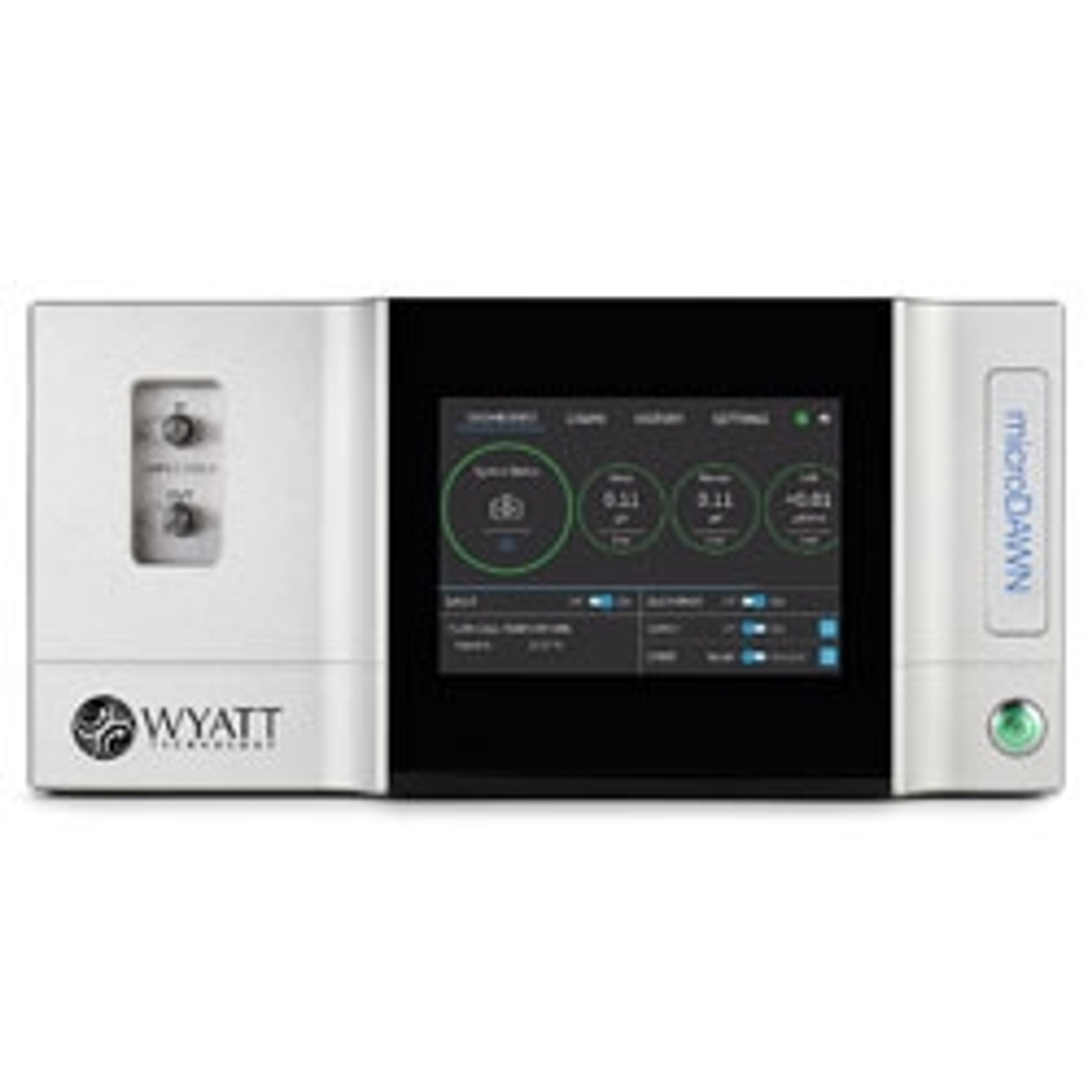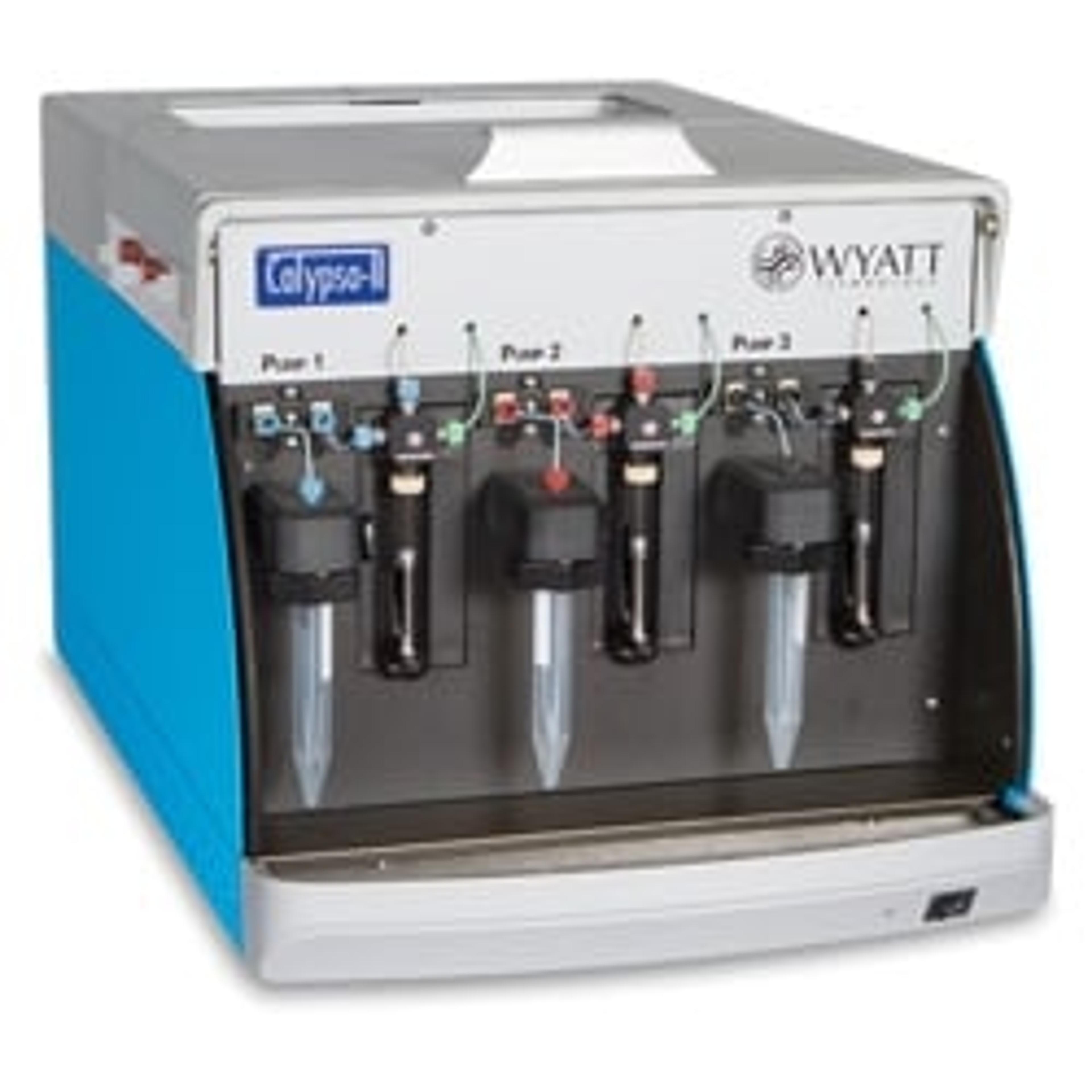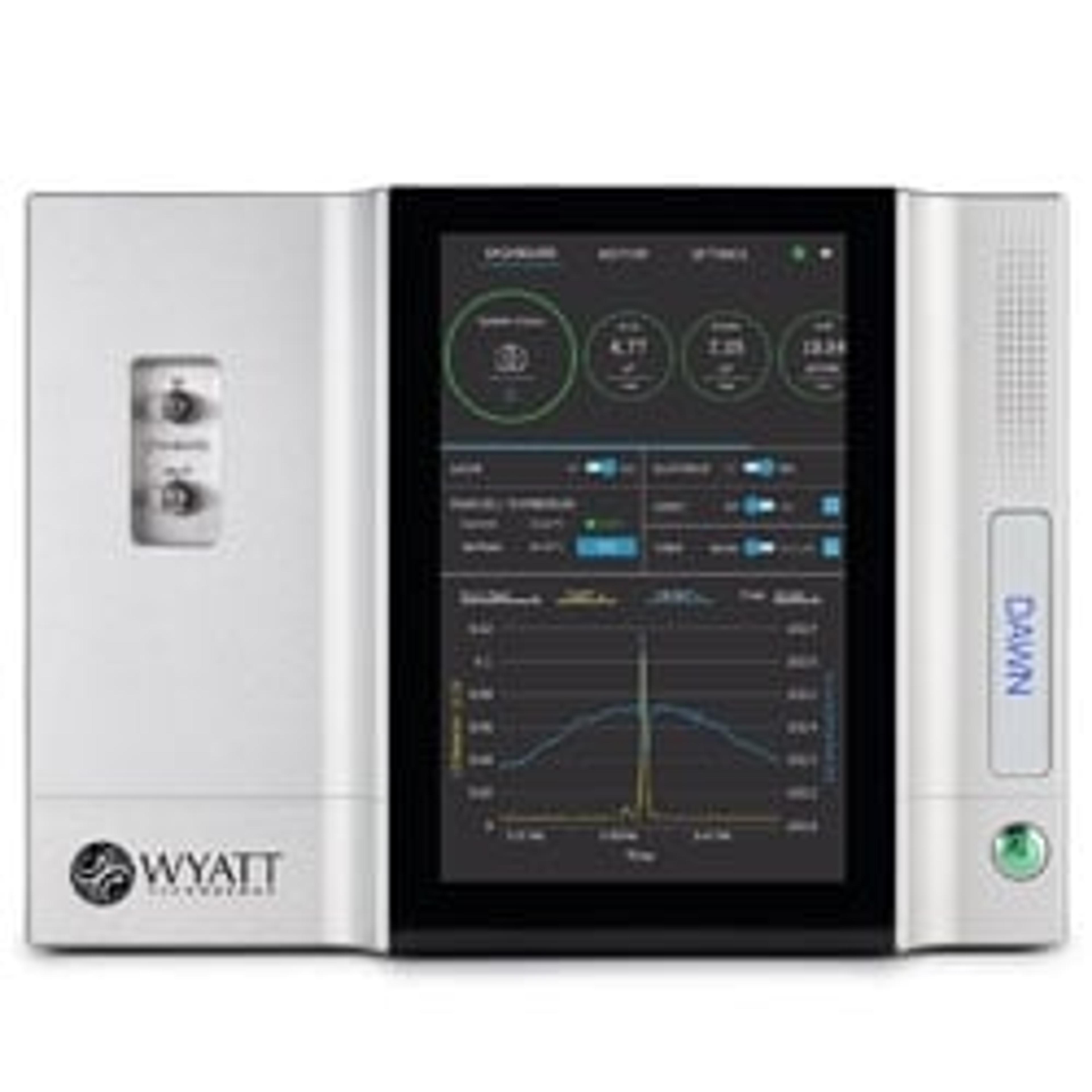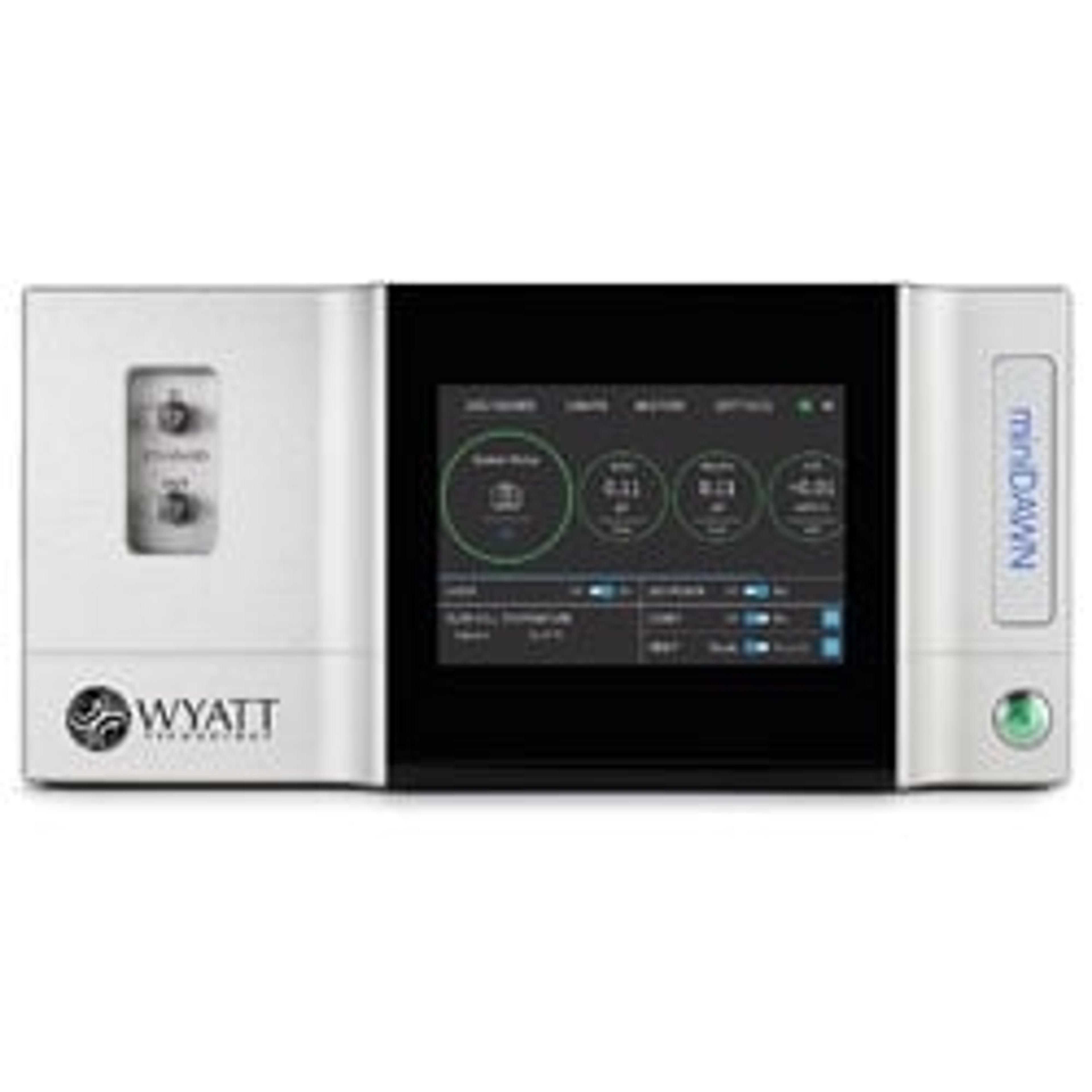Solutions for vaccine characterization and development
Discover how light scattering provides essential biophysical insight and reliable quantification of critical quality parameters for vaccine research, development, production and quality control
21 Jul 2020Light scattering instruments—in combination with various methods of sample handling and separation—comprise a suite of invaluable tools for biophysical quantification of vaccines. These technologies determine molar mass and size, virion titer and content, degree of aggregation and stability. “Solutions for vaccine characterization and development”, at www.wyatt.com/Vaccines, presents a large set of resources to learn about the applications of light scattering and related technologies, such as field-flow fractionation, to vaccine development and production.
The material is categorized by vaccine type: gene vectors; viruses (which can include subunit-antigen presenting non-pathogenic viruses as well as live-attenuated or inactivated pathogens); virus-like particles; polysaccharide and glycoconjugates; and protein antigens. Each category includes links to relevant application notes, webinars, peer-reviewed publications and/or technical information on the instruments used to characterize the vaccine.
Multi-angle light scattering and dynamic light scattering, whether stand-alone or coupled to size-exclusion chromatography (SEC-MALS-DLS) or field-flow fractionation (FFF-MALS-DLS), have been a mainstay of vaccine characterization and quality control for nearly two decades. Some recent developments included in the references are evaluation of the nucleic acid content of viral vectors by SEC-MALS, and the quantification of virion physical concentration by batch DLS. Recently, instrumentation for real-time MALS (RT-MALS) has become commercially available. RT-MALS is ideal for process monitoring and control via online measurement of molar mass, size and particle concentration.
The web page is capped with recommendations for further exploration that include links to bibliographies and additional solutions for characterization of biologics ad complex drugs.
Want more of the latest science news straight to your inbox? Become a SelectScience member for free today>>




